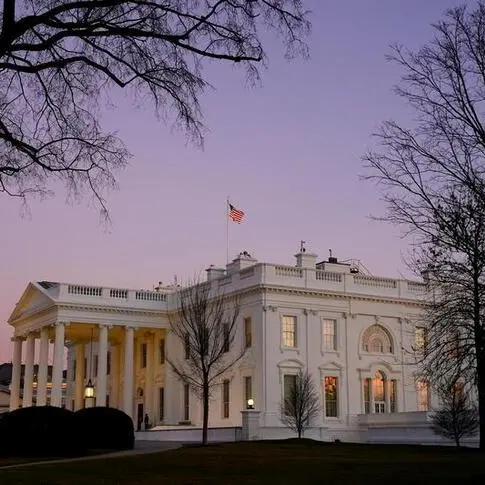PHOTO
Rising rents, a gasoline price rebound and vehicle costs helped keep US inflation elevated in January, analysts say, amid signs that policymakers have some way to go in bringing prices down.
The US central bank has hiked interest rates rapidly in the past year to raise borrowing costs and cool demand in the world's biggest economy, as inflation skyrocketed.
But even as the consumer price index (CPI), an important inflation gauge due to be released Tuesday, eases from last year's decades-high levels, analysts warn of some stickier areas.
Overall, the CPI rose 6.5 percent in December compared with a year ago, furthering a steady decline from June's blistering 9.1 percent reading.
The so-called core figure excluding the volatile food and energy components, however, has fluctuated over the same period. It fell to 5.9 percent in June, rose to 6.6 percent in September and then slipped again.
"The area that I'm concerned about is services inflation, which is more related to the strength of the domestic economy, particularly the labor market, and nominal wage growth," said Ryan Sweet, chief US economist at Oxford Economics.
Rental costs "won't peak until the second half of this year," while wage growth remains robust and there is still pent-up demand for services spending, he told AFP.
"During the pandemic, people shifted their spending away from services because they couldn't go out to restaurants, bars, sporting events," he said.
With Covid-19 restrictions easing, people are now turning back to services, which make up the bulk of consumer spending, Sweet said.
Economists expect overall inflation to have cooled further in January on an annual basis.
But they forecast the CPI to have risen 0.5 percent from December to January, picking up from a prior 0.1 percent pace.
- 'Uneven' -
"While overall prices have been slowing on a sustained basis, the easing in core inflation has been more uneven," said Rubeela Farooqi of High Frequency Economics in a recent note.
Prices of goods have eased as supply chains untangle but a strong labor market supports incomes and, in turn, demand.
"We're going to see a lot of goods disinflation over the next several months," said Sweet of Oxford Economics.
But it will take a significant amount of this to offset services inflation expected in the pipeline.
Farooqi told AFP the Federal Reserve is closely eying the cost of services excluding housing, food and energy.
"We do think inflation peaked in June. But getting back to two percent is not imminent," she said, referring to policymakers' long-term inflation target.
"From a policy perspective, the Fed's message on rates closely aligns with these developments; to lower inflation... rates will have to move higher and policy will have to remain restrictive for some time," she said.
Should inflation fail to cool between December and January, analysts expect the Fed will press on with further hikes to the benchmark lending rate.
On Monday, Fed Governor Michelle Bowman warned in a speech that it would likely be "necessary to further tighten monetary policy to bring inflation down toward our goal."
She added that, with the economic outlook remaining uncertain, "I expect that we will continue to be surprised by economic and geopolitical developments and by the incoming data."























